I am adding an LM386 to a music project and follow the guidelines in the datasheet:
- My Vs is 4.7 V.
- My Vin comes straight from a 12 bit DAC of a Cortex M3 MCU and goes from 0 to 3.3 V.
- Pin 7 is not connected at all (I don't have a 10 µF ceramic capacitor (106) at hand right now and I am not sure how close I'd need to be to the spec, I have 104 and 108, but those are magnitudes away).
- On pin 5 I used a 0.1 µF ceramic capacitor (104) since I don't have a 0.05 µF (503) one - should this be okay?
The main problem is that I don't get a clean output. I both check it with a speaker and an oscilloscope. I have a ready made breakout board (https://www.ebay.de/i/352510367394?chn=ps) and there I get decent output. On my own circuit, I can head the 'rhythm', but the output is very spiky and noisy (blue is from the ready made breakout, yellow is mine). There is some visual correlation. Any idea? How can I debug this other than comparing the schematics over and over?

